1. Grand Union
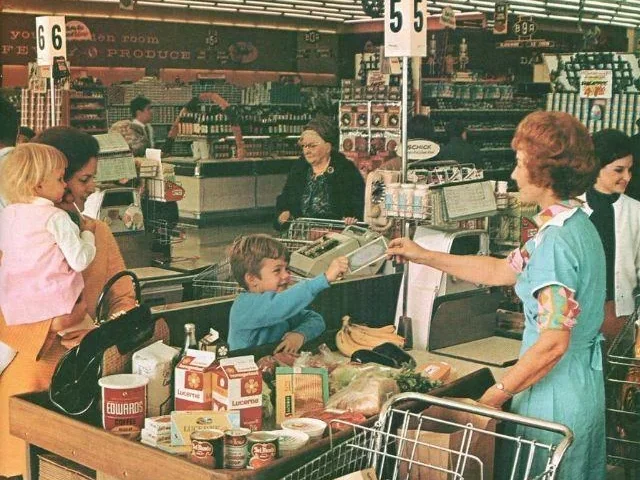
By the 1950s, Grand Union had rebranded itself into a sleek, suburban-friendly chain. With wide aisles and an emphasis on frozen foods—still a novelty—it became a pioneer in modern grocery shopping.
The 1950s marked the golden age of grocery shopping, where the modern supermarket concept truly took off. Families would stroll the aisles of spacious, air-conditioned stores, marveling at the array of products that symbolized post-war abundance. Each chain had its charm, from innovative layouts to local flavors. Let’s revisit 15 grocery stores that either got their start in or thrived during the 1950s, shaping how America shopped for decades.
2. A&P (The Great Atlantic & Pacific Tea Company)
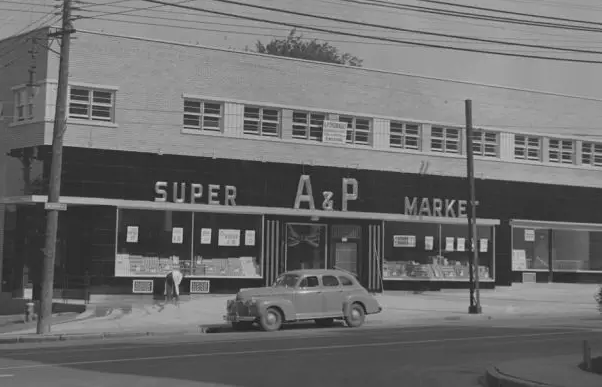
Founded long before the 1950s but dominating the era, A&P was the largest grocery chain in the country. Known for its house-brand goods and no-frills approach, A&P epitomized value and convenience for midcentury families. By the ’50s, its sleek “modern” stores with parking lots were a far cry from its humble beginnings as a tea and coffee merchant.
3. Piggly Wiggly
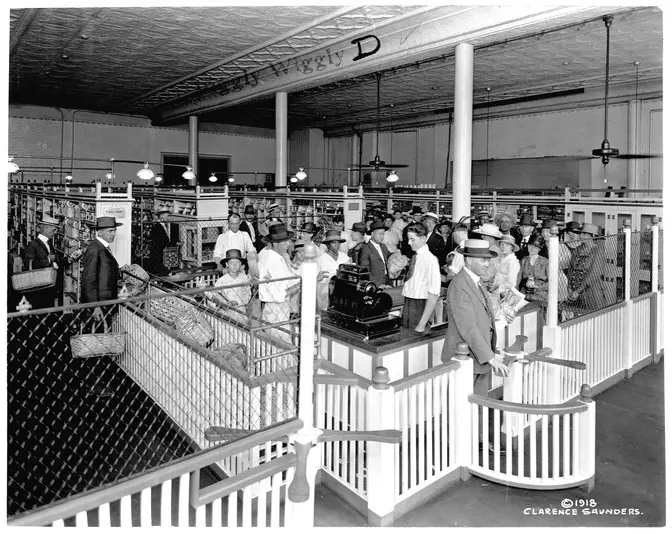
Though it debuted in 1916, Piggly Wiggly was thriving by the 1950s, with its self-service model revolutionizing the grocery experience. Customers adored its playful pig mascot, and the bright stores were neighborhood staples in small-town America.
4. Safeway

By the ’50s, Safeway was a household name, with its clean, organized stores and emphasis on uniform pricing. It pioneered the idea of “branding” grocery stores, with recognizable layouts and its own line of products, making shopping both familiar and efficient.
5. Kroger
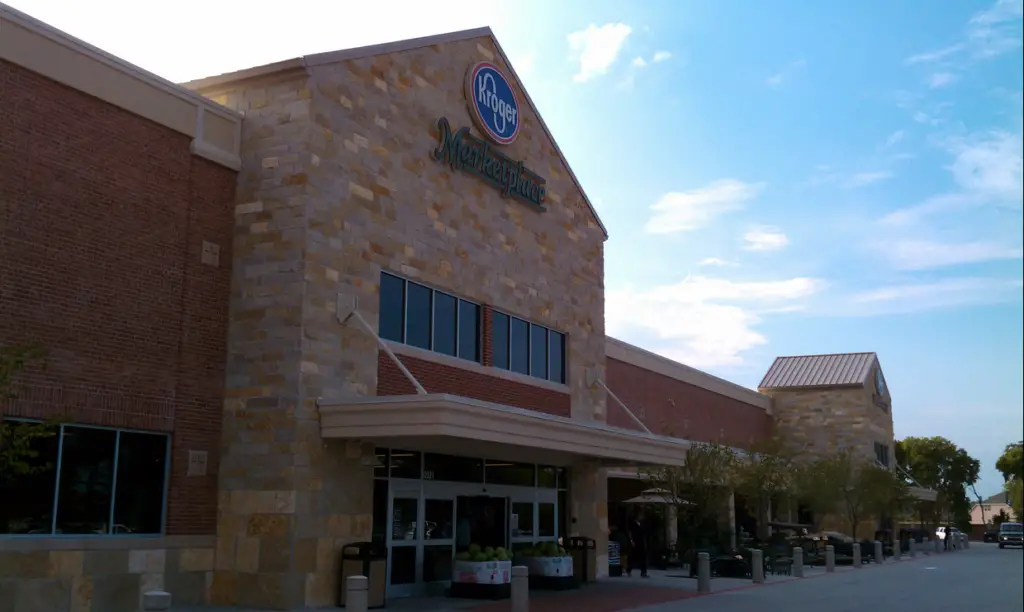
Already well-established by the 1950s, Kroger began expanding its supermarket concept, offering customers a one-stop-shop experience. The chain introduced innovations like electronic scanning and focused on creating a friendly, customer-first atmosphere.
6. Publix

In the 1950s, Publix was a rising star in the South, known for its immaculate stores, friendly staff, and upscale touches like air conditioning and tiled floors. Founder George Jenkins’ philosophy of cleanliness and service made it a standout.
7. Aldi
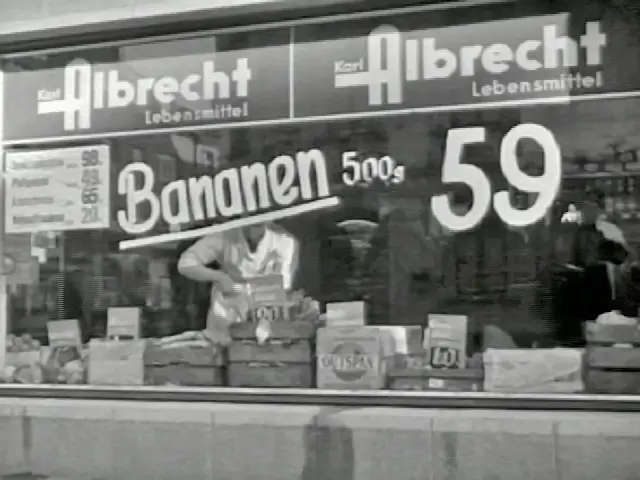
While Aldi got its start in Germany in 1946, it began laying the groundwork for its U.S. expansion during the ’50s. Its no-frills, cost-cutting approach would resonate with thrifty shoppers for decades to come.
8. Thriftway
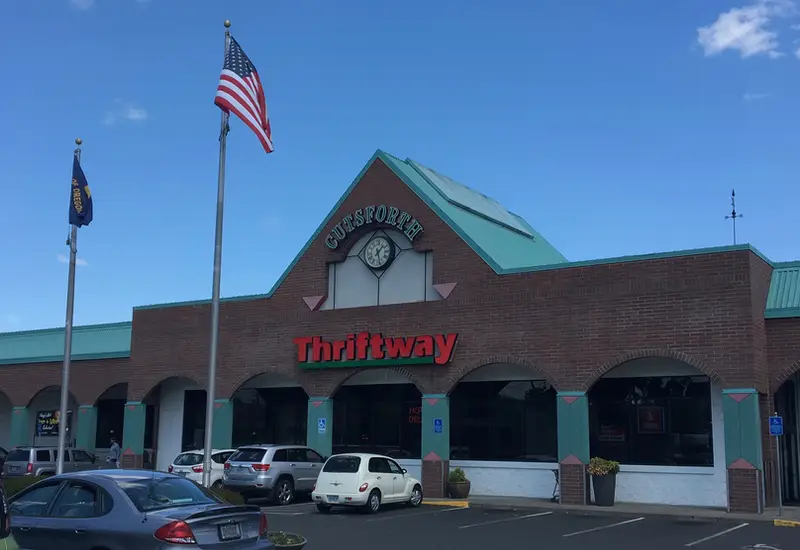
Thriftway stores, common in the Midwest and Northeast during the ’50s, were all about local connections. These independent grocers came together under a shared name, offering competitive prices and a hometown feel.
9. Acme Markets
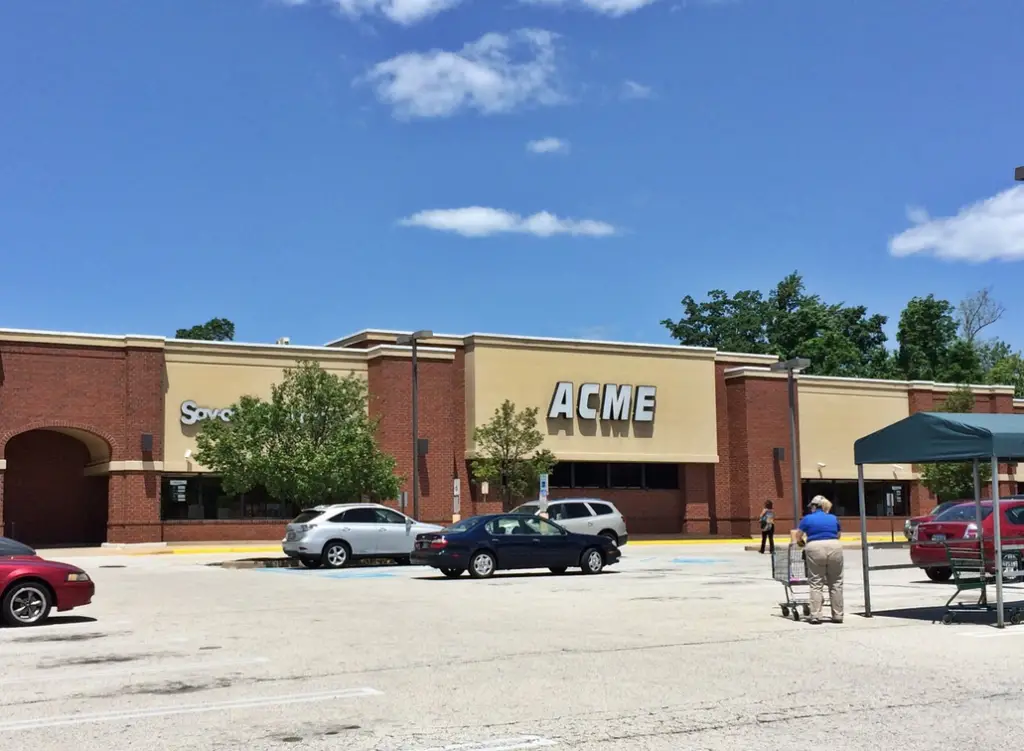
Acme’s roots stretch back to the late 1800s, but its growth exploded in the 1950s. With its iconic red-and-white branding, it was a fixture in Pennsylvania and nearby states, beloved for its bakery and deli counters.
10. IGA (Independent Grocers Alliance)

IGA stores were community mainstays in the 1950s. Unlike chain supermarkets, these stores were independently owned but operated under the IGA umbrella, offering a mix of local charm and brand reliability.
11. Pathmark

Pathmark emerged as a significant player in the late ’50s, introducing the idea of big-box grocery stores with wider selections. It set the stage for the larger, more modern supermarkets that would dominate in later decades.
12. Winn-Dixie
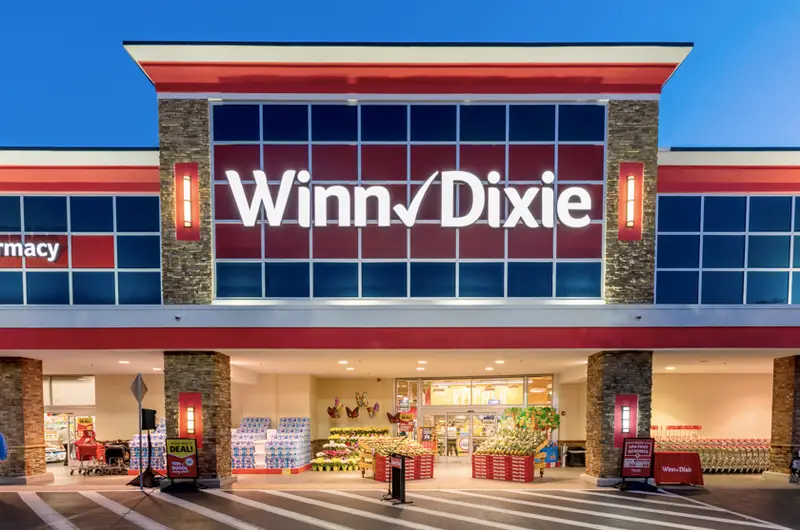
Nicknamed “The Beef People,” Winn-Dixie was famous in the 1950s for its quality meats and strong regional presence in the South. It was a grocery chain that felt personal, with stores tailored to the communities they served.
13. Food Fair/Pantry Pride
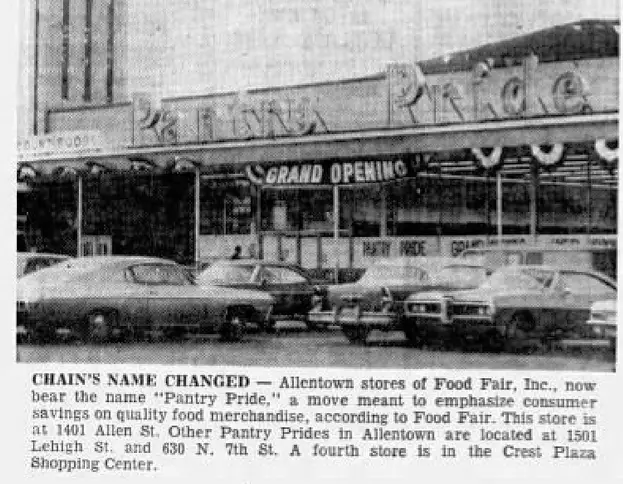
Known for its expansion during the ’50s, Food Fair (later Pantry Pride) was a familiar sight in urban and suburban areas. It emphasized convenience, offering pre-packaged goods and efficient checkouts as families embraced faster-paced lifestyles.
These stores weren’t just places to buy milk and bread; they were cultural landmarks, shaping how families lived and ate. Each chain brought something unique, from innovative layouts to personal touches that kept shoppers loyal. Which of these stores do you remember? Or better yet, did your family have a favorite?


